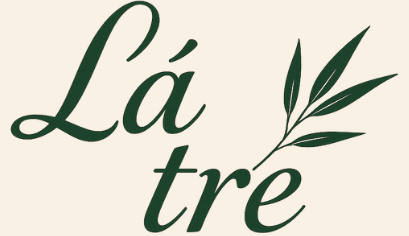Robert Frost, a name synonymous with American poetry, continues to resonate with readers generations after his passing. His evocative imagery, coupled with deceptively simple language, explores universal themes of nature, human choice, and the complexities of life. This exploration delves into three iconic robertfrostpoems – “Stopping by Woods on a Snowy Evening,” “The Road Not Taken,” and “Fire and Ice” – showcasing the enduring power and artistry of his work.
Contents
“Stopping by Woods on a Snowy Evening”: A Moment of Quiet Contemplation
 Robert Frost in a 1941 photograh. (Library of Congress photograph)
Robert Frost in a 1941 photograh. (Library of Congress photograph)
This deceptively simple poem encapsulates a profound human experience: the pull between obligation and the allure of the natural world. The speaker, pausing his journey on “the darkest evening of the year,” is captivated by the serene beauty of snow-filled woods.
Whose woods these are I think I know.
His house is in the village, though;
He will not see me stopping here
To watch his woods fill up with snow.Frost masterfully uses imagery and sound, like “easy wind and downy flake,” to create a sense of tranquility. Yet, this peace is tinged with a sense of longing. The speaker acknowledges the allure of the “lovely, dark, and deep” woods, but ultimately chooses to fulfill his “promises to keep.” This internal conflict resonates with anyone who has felt the tension between desire and responsibility.
“The Road Not Taken”: A Meditation on Choice and Consequence
Perhaps one of the most widely misinterpreted robertfrostpoems, “The Road Not Taken” is not simply a celebration of individualism. Rather, it is a nuanced reflection on the human tendency to romanticize the past and the choices we make.
Two roads diverged in a yellow wood,
And sorry I could not travel both
And be one traveler, long I stood
And looked down one as far as I could
To where it bent in the undergrowth;While often seen as an anthem to nonconformity, the poem highlights the inherent ambiguity of choices. The speaker acknowledges that both paths are “worn… really about the same,” suggesting that the significance of the chosen path is less about its inherent value and more about the meaning we ascribe to it retrospectively.
“Fire and Ice”: A Chilling Exploration of Human Destruction
This remarkably concise poem, only nine lines long, packs a powerful punch. Frost uses the elemental forces of fire and ice as metaphors for the destructive potential of human emotions.
Some say the world will end in fire,
Some say in ice.
From what I’ve tasted of desire
I hold with those who favor fire.“Fire” represents the consuming nature of desire and passion, while “ice” embodies the cold, hard force of hate. Frost’s personal reflection on these opposing forces leaves a chilling reminder of humanity’s capacity for self-destruction. The poem’s brevity intensifies its impact, leaving the reader to ponder the devastating consequences of unchecked emotions.
The Enduring Legacy of Robert Frost
These three robertfrostpoems, while diverse in theme and structure, share a common thread: the exploration of profound human experiences through the lens of the natural world. Frost’s ability to weave intricate meaning into seemingly simple language is a testament to his enduring artistry. His poems continue to resonate with readers today, offering moments of quiet contemplation and profound insight into the human condition.
